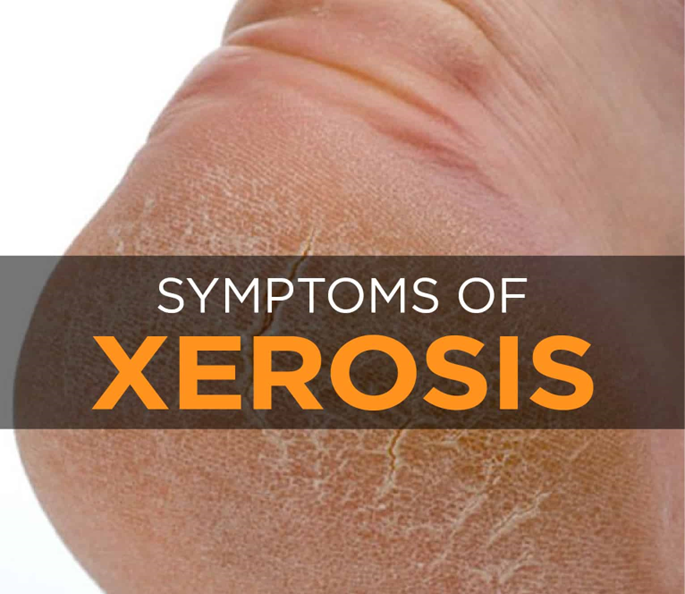A new nurse in a long-term care facility is caring for a client diagnosed with Parkinson's disease (PD). The nurse should note that which one of the following actions is likely to be observed during the assessment?
Changing facial expression
Frequent movement
Resting hand tremors
Fast movements
None of the above
The Correct Answer is C
Choice A reason: Changing facial expression is not a likely action to be observed during the assessment, as PD causes reduced facial expression or mask-like face. The client may have difficulty blinking, smiling, or showing emotions.
Choice B reason: Frequent movement is not a likely action to be observed during the assessment, as PD causes slowed movement or bradykinesia. The client may have difficulty initiating, continuing, or completing movements.
Choice C reason: Resting hand tremors is a likely action to be observed during the assessment, as PD causes rhythmic shaking of the hands, fingers, or other body parts. The tremors usually occur when the affected limb is at rest and may decrease when the client is performing tasks.
Choice D reason: Fast movements is not a likely action to be observed during the assessment, as PD causes impaired movement or dyskinesia. The client may have involuntary, jerky, or twisting movements that are often unpredictable and uncontrollable.
Choice E reason: None of the above is not the correct answer, as there is one choice that is a likely action to be observed during the assessment.
Nursing Test Bank
Naxlex Comprehensive Predictor Exams
Related Questions
Correct Answer is C
Explanation
Choice A reason: A licensed practical nurse is qualified to care for the feet of a client with diabetes is false because foot care for people with diabetes requires specialized training and skills that are beyond the scope of practice of a licensed practical nurse. A registered nurse or a podiatrist should provide foot care for people with diabetes, as they can assess, treat, and prevent foot problems such as ulcers, infections, or nerve damage.
Choice B reason: Onychomycosis is quickly eradicated with antifungal creams or powders is false because onychomycosis, or fungal nail infection, is a stubborn and persistent condition that can take months or years to clear. Antifungal creams or powders are usually not effective for onychomycosis, as they cannot penetrate the nail plate. Oral antifungal medication or laser therapy may be needed to treat onychomycosis.
Choice C reason: Maintaining oral hydration may reduce the incidence of xerosis is true because xerosis, or dry skin, is a common problem for older adults, as their skin produces less oil and moisture. Drinking enough fluids can help hydrate the skin and prevent dryness, itching, cracking, or infection. The recommended fluid intake for older adults is 2400 mL/day, according to the National Council on Aging.
Choice D reason: Ram’s-horn nail should be cut to give a smooth, rounded edge is false because ram’s-horn nail, or onychogryphosis, is a condition where the nail becomes thickened, curved, and distorted. Cutting the nail can be difficult and painful, and may cause bleeding or infection. A podiatrist should trim and file the nail, and treat any underlying causes of the condition.

Correct Answer is ["A","C","D"]
Explanation
Choice A: Reduce the proportion of older adults with untreated caries. This is a correct answer because it is one of the Healthy People 2020 oral health objectives for older adults¹. Untreated caries can lead to pain, infection, tooth loss, and reduced quality of life². Reducing the prevalence of untreated caries can improve the oral health and well-being of older adults.
Choice B: Reduce the proportion of adults with untreated dental decay. This is an incorrect answer because it is not specific to older adults. The Healthy People 2020 oral health objectives for adults include reducing the proportion of adults aged 35 to 44 years with untreated dental decay¹. However, this does not address the unique needs and challenges of older adults, such as increased risk of root caries, dry mouth, and periodontal disease².
Choice C: Prevent and control oral and craniofacial diseases, conditions, and injuries. This is a correct answer because it is the overall goal of the Healthy People 2020 oral health objectives¹. Oral and craniofacial diseases, conditions, and injuries can affect the function, appearance, and quality of life of older adults². Preventing and controlling these problems can help older adults maintain their oral health and general health.
Choice D: Improve access to preventive services and dental care. This is a correct answer because it is one of the Healthy People 2020 oral health objectives for older adults¹. Access to preventive services and dental care can help older adults prevent oral diseases, detect problems early, and receive appropriate treatment². However, many older adults face barriers to accessing oral health care, such as lack of dental insurance, transportation, or awareness³. Improving access to oral health care can reduce these disparities and improve the oral health outcomes of older adults.
Whether you are a student looking to ace your exams or a practicing nurse seeking to enhance your expertise , our nursing education contents will empower you with the confidence and competence to make a difference in the lives of patients and become a respected leader in the healthcare field.
Visit Naxlex, invest in your future and unlock endless possibilities with our unparalleled nursing education contents today
Report Wrong Answer on the Current Question
Do you disagree with the answer? If yes, what is your expected answer? Explain.
Kindly be descriptive with the issue you are facing.
